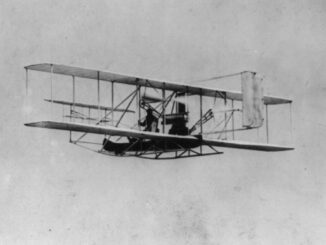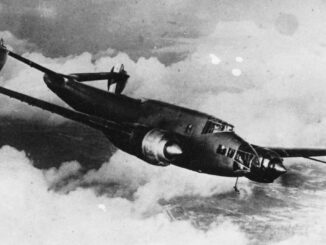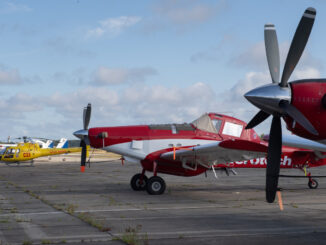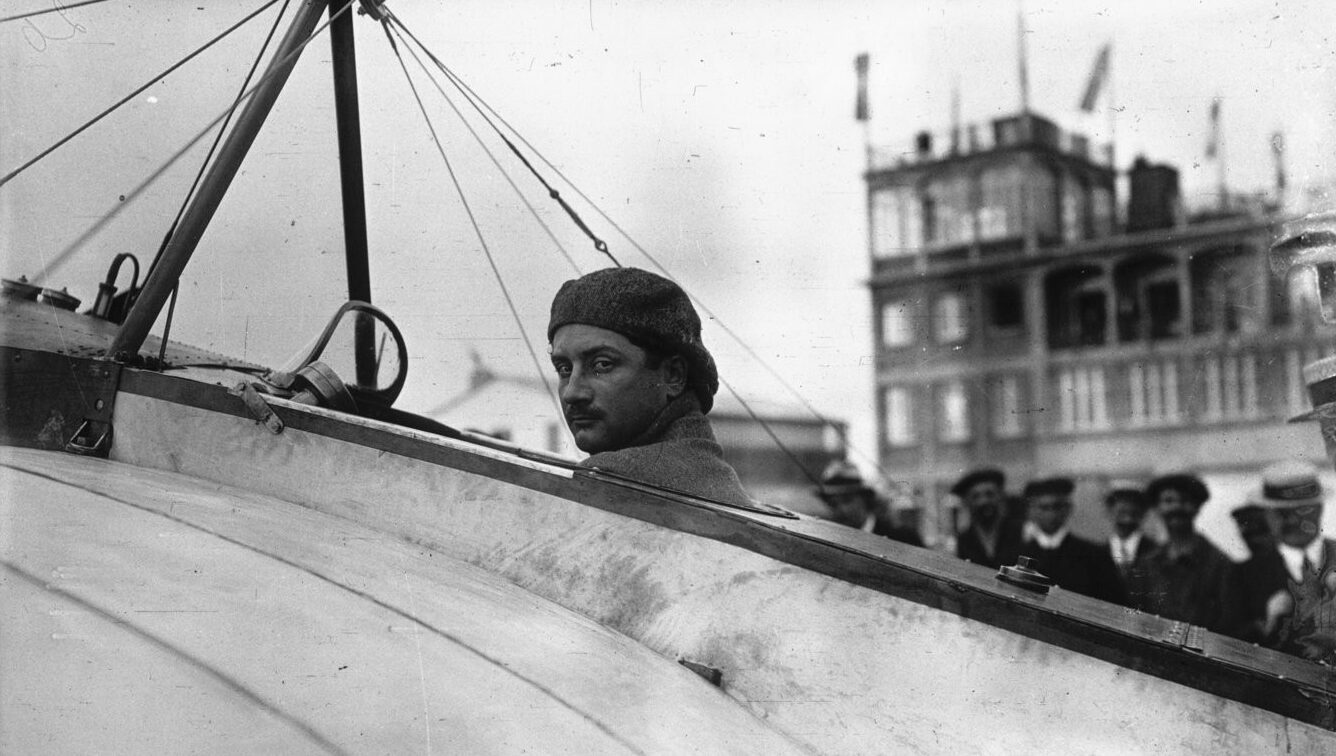 Eugène Adrien Roland Georges Garros, the French aviation pioneer and fighter pilot, was born on 6th October 1888, in Saint-Denis, Réunion island.
Eugène Adrien Roland Georges Garros, the French aviation pioneer and fighter pilot, was born on 6th October 1888, in Saint-Denis, Réunion island.
In 1909, Garros bought his first aircraft, an old Demoiselle, and began learning himself to fly. He had just a few flying hours of experience – and still no licence – when he participated in his first aviation event. On 19th July 1910, the young aviator received the pilot´s licence from l’Aéro-Club de France, with no. 147.
Shortly after, Garros travelled to the United States to take part in air shows organised there. Initially, he flew with the Demoiselle but quite soon the French met with John Moisant and became part of “Cirque Moisant” display team, with which he toured the USA, Mexico and Cuba.
In May of 1911, Roland Garros returned to France. He participated in several aviation races but was not able to win any of them, quickly gaining a nickname “l´Éternel second” (freely translated to English as “forever the second”). The tables turned for Garros after he met Charles Voisin.
Garros’ display with the Voisin aeroplane was one of the highlights of the Le Mans air show. Shortly after, in September of 1911, he set an altitude record of 3,950 metres. About a year later, the record was broken by Phillip von Blaschke, who reached 4,360 metres. Garros raised the bar almost immediately, reaching 5,610 metres.
At that time, Garros was one of the best-known French aviators, with many of his displays attracting more than 100,000 spectators. He also toured the South America, visiting Brazil and Argentina, as well as flew there some displays together with Eduardo Chaves and Jean Mermoz.
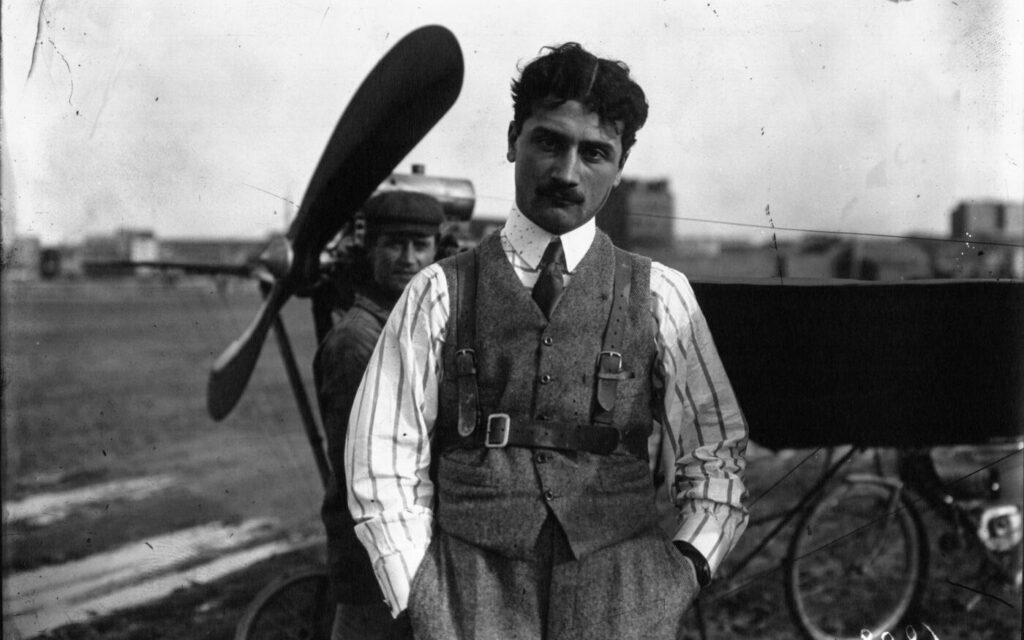
On 2nd August 1914, on the outbreak of the Great War, Roland Garros enlisted the French Air Force. He was assigned to Escadrille 23 that operated Morane-Saulnier Type H aeroplanes. With the beginning of aerial combat, Garros became one of its pioneers. He was among the first theoretics of dogfight, all the time experimenting with new ideas to improve its effectiveness.
Early next year, Garros became famous for his simple invention aimed to be a temporary solution to replace the lack of machine gun synchronisation gear among the Allied forces. Together with his mechanic, Jules Hue, he decided to narrow the propeller blades in the place they could be stuck by the bullet and, in addition, covered them with protective wedges that deflected the rounds.
That invention allowed Garros to use the front-firing machine gun fixed to his Morane-Saulnier G aeroplane. His first aerial victory came on 1st April 1915, followed by two more on 14th and 18th April. However, after the third success in combat, Garros was forced to make an emergency landing in the enemy territory due to a failure in the fuel installation. He was captured and spent almost three years as a prisoner of war in Germany.
In February 1918, Garros escaped from prison and returned to France via the Netherlands and England. He soon returned to combat flying, being assigned to Escadrille 26 which operated SPAD XIII fighters.
On 2nd October 1918, Roland Garros claimed his fourth, and last, aerial victory. Four days later, on the eve of his 30th birthday, he was engaged in a dogfight against a Fokker D.VII. Soon after the combat began, his SPAD XIII exploded in mid-air, killing the French pilot.
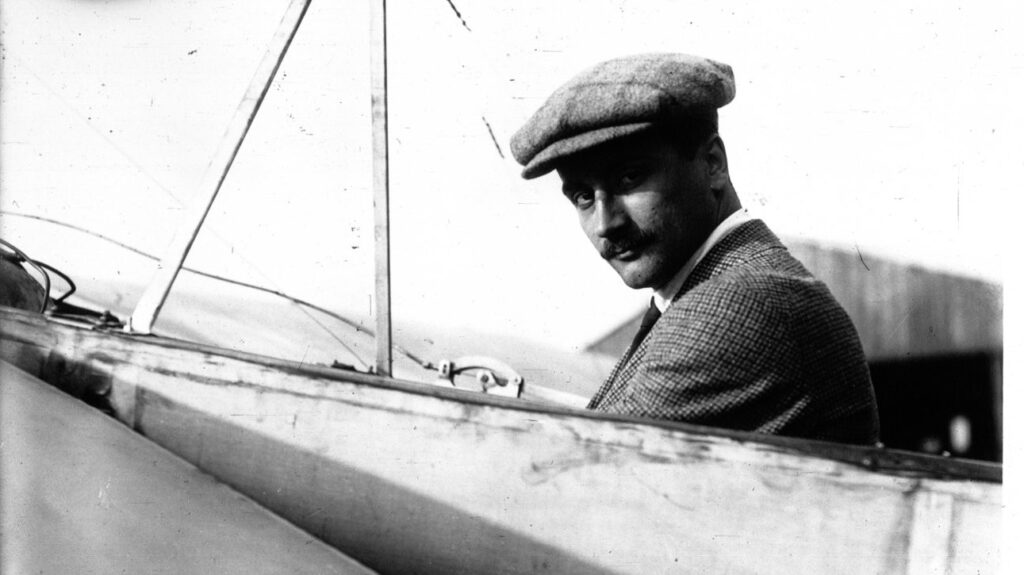
Full story here.
Cover photo: Garros in 1914 (photo: gallica.bnf.fr / Bibliothèque nationale de France, public domain)

